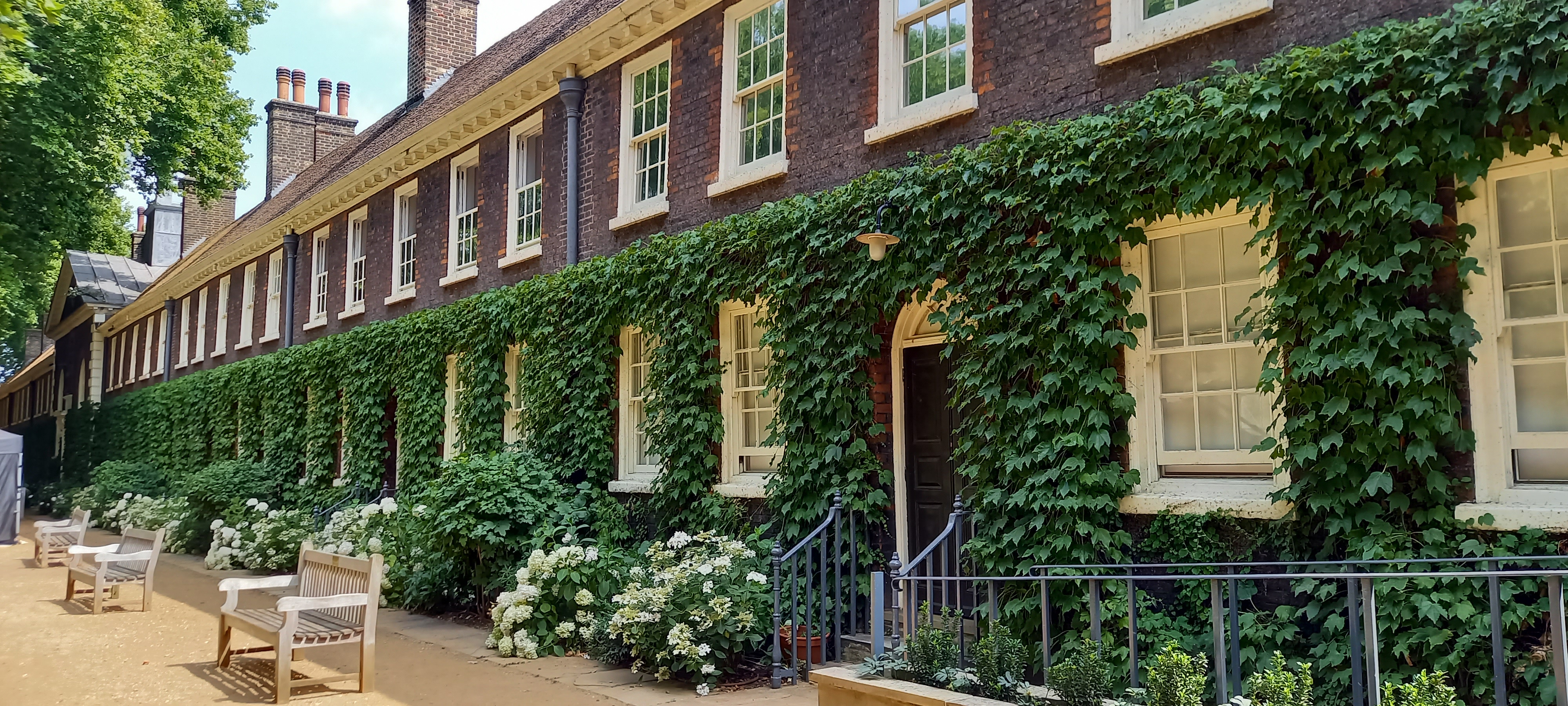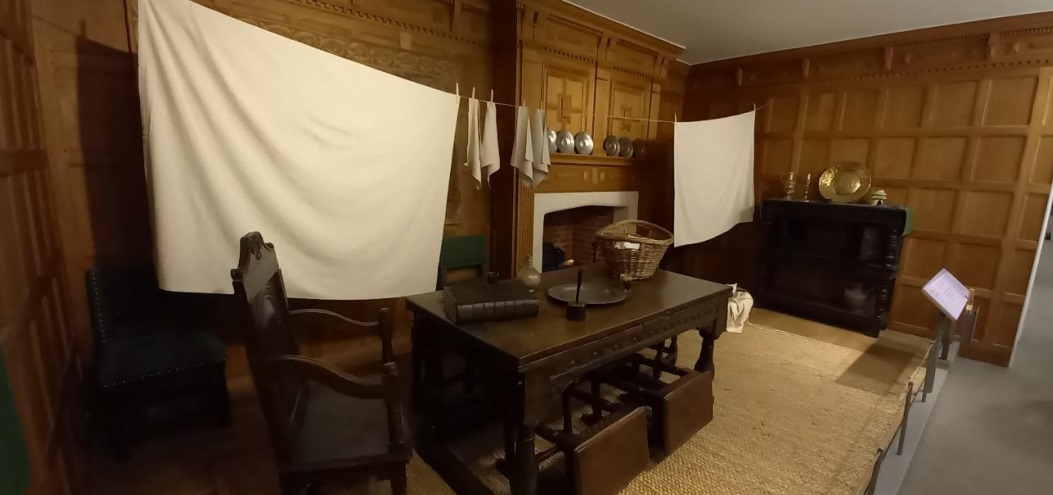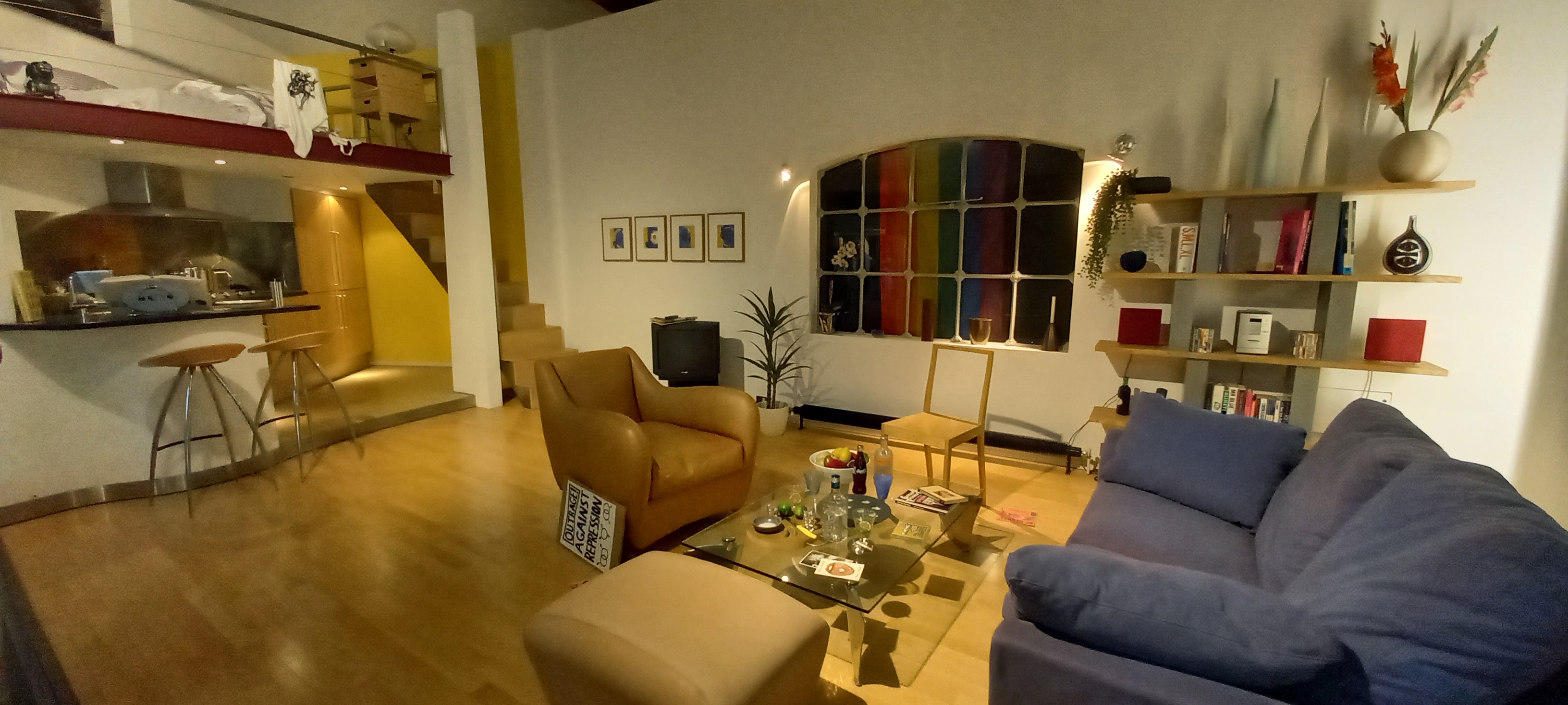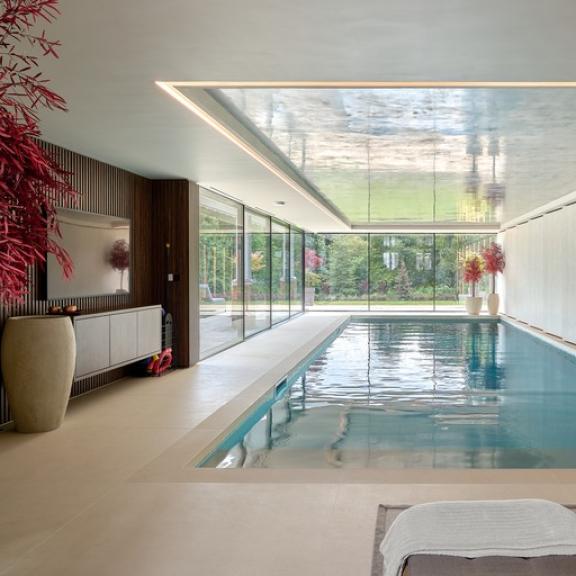Discover immersive CPD with a BIID Tour
BIID Associate member Rowena Vaughan recaps the Museum Of The Home Tour CPD

There are lots of interesting and varied ways of gaining structured CPD hours with the BIID, I recently joined the breakfast and private tour of the Museum of the Home in Hoxton, London. The Museum of the Home, formally the Geffrye Museum, is set in the old almhouses built by Sir Richard Geffrye (1613-1704) a wealthy trader and merchant of the East India and Royal African Company. His wealth is derived from the trading of goods and people, this is proving to be a difficult legacy for the Museum.

Sir Geffrye left part of his wealth for the building and upkeep of these almshouses, an attractive set of Georgian cottages, set on three sides around a formal front garden, for the housing of men and relatives of the Ironmongery Guild. The buildings were in use from 1714 – 1912, when the residents of the cottages were moved to Hook in Hampshire and the buildings were reformed into a museum. The museum underwent a more recent overhaul, making use of the space beneath the cottages, updating the exhibition space, and enlarging the archive.

On our tour we were taken through the basement area, which had a running exhibition of what makes a home through the ages – furniture, ephemera, from armchairs to vacuum cleaners. The interesting collection of ordinary ‘stuff’ made me consider what is home, it’s design and style. Often design and style are linked to money and necessity. The Museum of the Home is about the everyday, rather than the expensive and extraordinary. The minutiae that we decorate our houses with, the helpful and necessary to the beautiful and unnecessary. How does necessity dictate function and style? As we move through the ages, seeing how washing and cleaning were done, how furnishings and furniture changed with manufacturing and access. Upstairs the rooms are set out in more traditional museum format of reception rooms through the ages, gently moving from the 1700’s to the modern day.

I really enjoyed my visit and tour to this museum, it made me consider how we as interior designers are influenced not just by style but by necessity. How materials quickly change, how fashion changes, how the small things matter. Most obviously of all – how much ‘stuff’ we have now. Do visit this interesting and charming museum.

The BIID offers many exciting opportunities to develop professional practice with CPD hours.
Recording your CPD regularly throughout the year alleviates the stress of compiling your annual report in one sitting. To help our members in achieving this, we have set out the following handy hints
- Upon registering for a CPD activity, add it to your diary. TOP TIP: Make a note on whether the activity is structured or unstructured and the length (in minutes and hours) of the activity. Colour coding your diary will help you find important information quickly.
- Set reminders to add your completed CPD training to your tracker, this could be weekly, monthly, or quarterly. Or, add it to your tracker as soon as you complete!
- Check your tracker to see how many hours you have remaining to complete for the year. If you’ve outstanding hours, book more CPDs in to make sure you reach the minimum by the cycle submission date. Remember: CPD can be sourced from external organisations and can be of any length.
- Consider joining up with other interior designers and booking CPDs together, or dedicate time to CPD training for your team
- The annual CPD Requirement for BIID Registered Interior Designers is 10 hours of structured and 10 hours of unstructured learning, and the CPD Cycle date is 1st April to 31st March. Members have until the last Friday of April to submit their CPD Reports.
For more information on the requirement, and exemptions, please visit our Continuing Professional Development and the BIID webpage
To see upcoming tours, and more, please visit the events list here.
The BIID thanks guest writer Rowena Vaughan.
Explore new resources from the BIID. Seeing a padlock? Just login or become a member to view.
View the highlights from our 60th anniversary party
We asked Anna Burles: What makes the perfect software?
Discover the smart home technology awards with Platinum Partner, CEDIA
Explore the latest, member-exclusive, templates designed to make your life easier.
University of Gloucestershire wins the BIID Student Design Challenge 2025.





